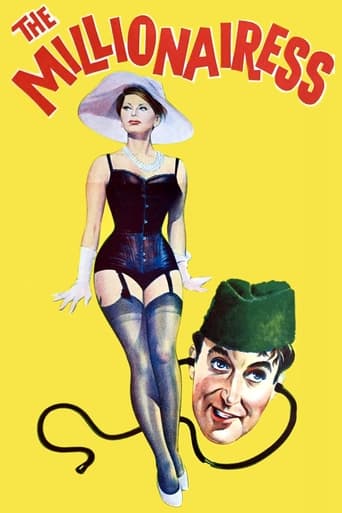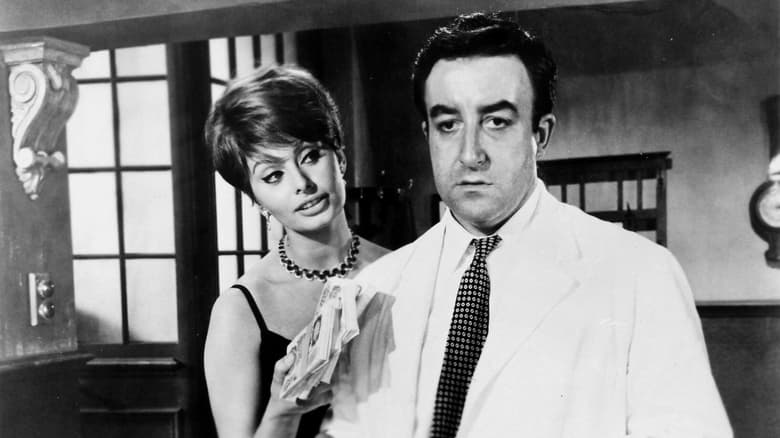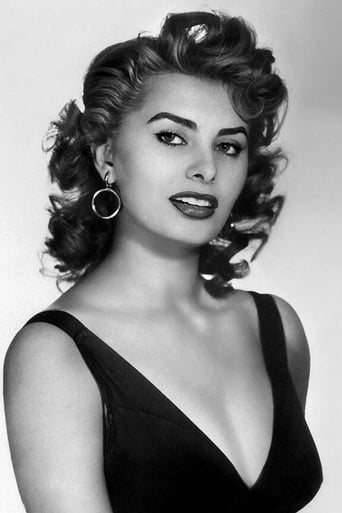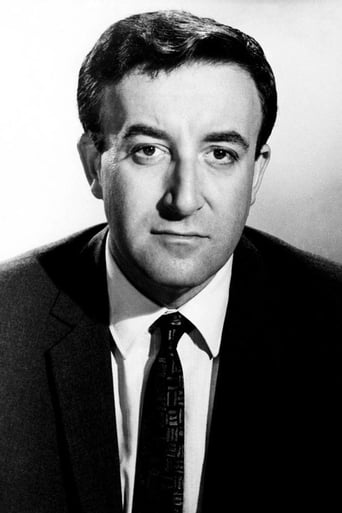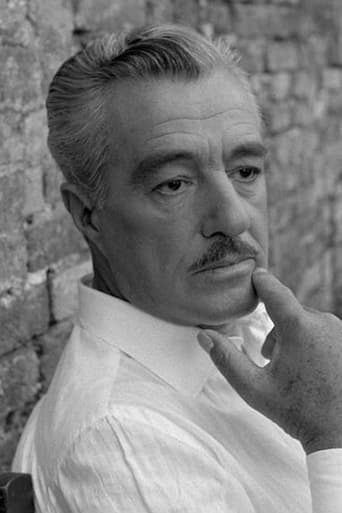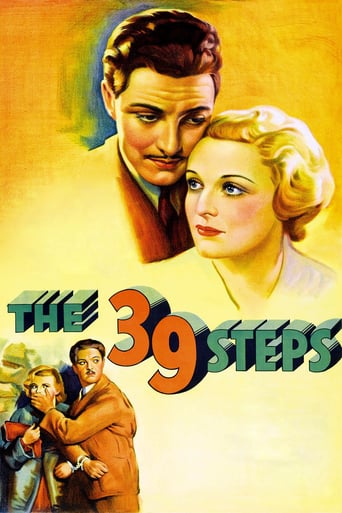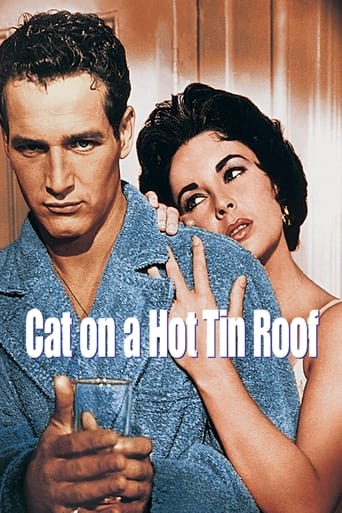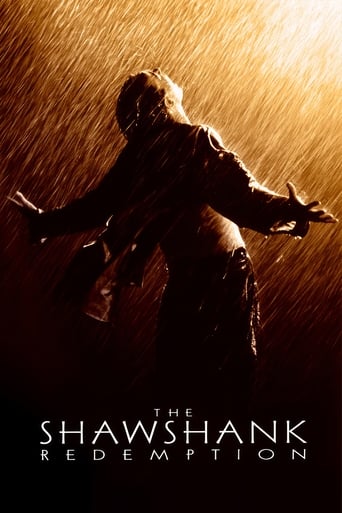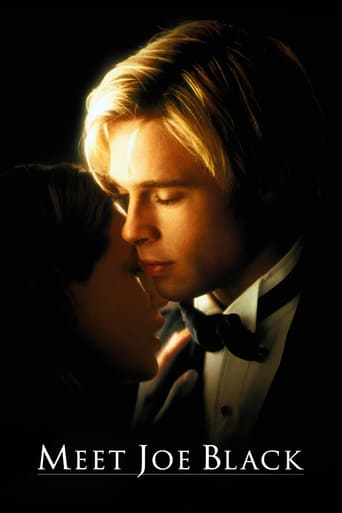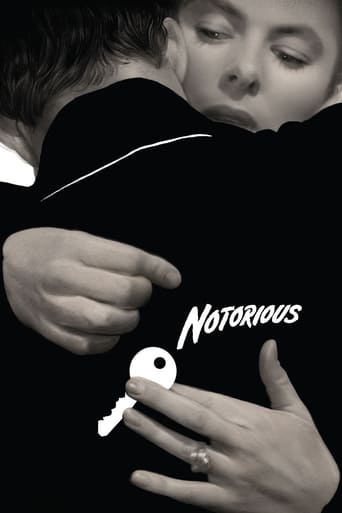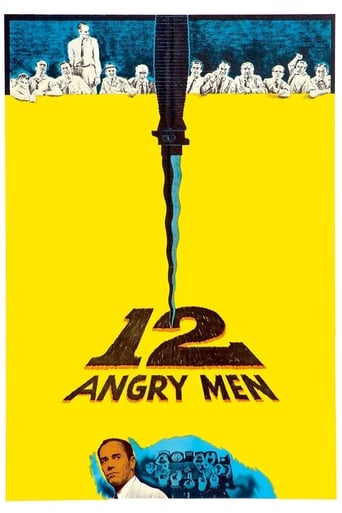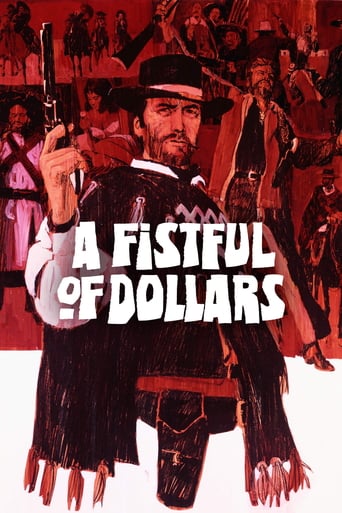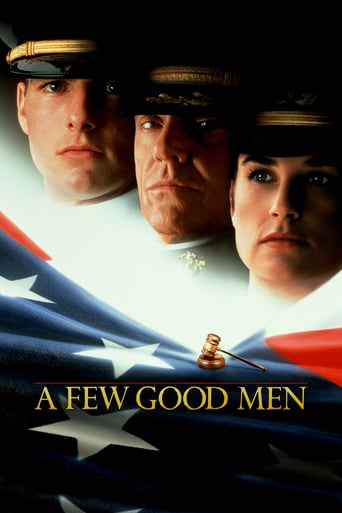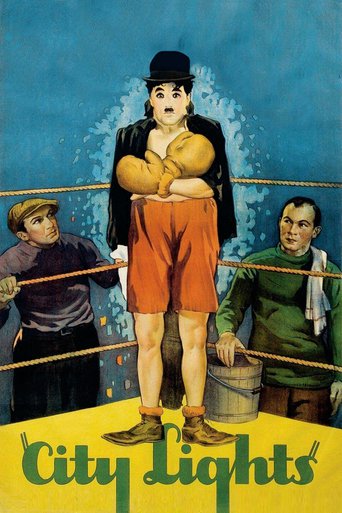The Millionairess (1960)
When her father dies, Epifania Parerga, an Italian in London, becomes the world's richest woman. She feels incomplete without a husband and falls in love with a humble, Indian physician, Ahmed el Kabir, much loved by his indigent English patients.
Watch Trailer
Free Trial Channels
Cast


Similar titles
Reviews
Strictly average movie
What a freaking movie. So many twists and turns. Absolutely intense from start to finish.
As somebody who had not heard any of this before, it became a curious phenomenon to sit and watch a film and slowly have the realities begin to click into place.
It is encouraging that the film ends so strongly.Otherwise, it wouldn't have been a particularly memorable film
"The Millionairess", loosely based on a play by George Bernard Shaw, is a British romantic comedy about a romance between a wealthy Italian heiress and an Indian doctor. (I cannot imagine the Hollywood of the early sixties making a rom-com about that particular racial combination). The heroine is Epifania Parerga, has inherited a vast fortune from her father; the hero is Ahmed el Kabir, who runs a clinic for the poor in London's East End. The main idea is that Epifania falls hopelessly in love with Kabir even though their values are diametrically opposed; she is a ruthless capitalist, he is an unworldly and idealistic socialist. (When Shaw wrote his play in 1936, doctors who worked in the East End or other poor working-class areas generally were self-sacrificing idealists, but the film is set in the year it was made, 1960, by which time the introduction of the National Health Service meant that this was no longer the case).To win Epifania, Kabir has to satisfy the conditions of her eccentric father's will, namely that he must turn £500 into £15,000 within a three-month period. As he has absolutely no business acumen whatever, this seems a hopeless task. To win Kabir, Epifania has to comply with an equally eccentric condition laid down by his mother; she must prove that she can survive on only 35 shillings (£1.75 in modern currency) for three months. Rather surprisingly, she proves to be more than equal to this task.The film was a great success, both in Britain and internationally, at the time of its release, but today it is difficult to understand why. Today it comes across as horribly dated. Part of the reason is that Peter Sellers' characterisation of Kabir, complete with brown makeup and sing-song accent, seems patronising, almost borderline racist, but there is more to it than that. (At least the song Goodness Gracious Me" was omitted from the film). Quite apart from the racial aspects, this is not Sellers' greatest performance. He could be very good in parts where he had to adopt a foreign accent, notably Inspector Clouseau in the "Pink Panther" series and Dr Strangelove in the film of that name, but both Clouseau and Strangelove were, in their very different ways, inspired creations. Kabir is not. He is a wordy, tedious bore of the sort that crops up in Shaw's drama from time to time, less a rounded individual than a mouthpiece for a set of political opinions, about as funny as a two-hour speech at a TUC conference.Sophia Loren as Epifania is better, and she puts a lot of zest and energy into her characterisation. For all his own left-wing views, Shaw often couldn't help creating right-wing characters who were more interesting than his idealistic leftists, Andrew Undershaft in "Major Barbara" being another example, and with her zeal for capitalist enterprise Epifania comes across as a sexier, more glamorous version of the young Margaret Thatcher. There is, however, little chemistry between Loren and Sellers. Legend has it that Sellers fell hopelessly in love with the beautiful Italian on the set of this movie but that she- happily married to Carlo Ponti- failed to return his affections. If the legend is true, it would explain a lot.There are some decent performances in supporting roles from the likes of Alastair Sim, Dennis Price and Alfie Bass, but they do not compensate for the lack of interest generated by the central love story. Director Anthony Asquith had earlier directed a very good Shaw adaptation ("Pygmalion" from 1938), but "The Millionairess" is not in the same class. 5/10
Sophia Loren is "The Millionairess" in this 1960 film also starring Peter Sellars, with director Vittorio de Sica playing a small role. The film is adapted from a play by George Bernard Shaw. I seem to remember that Garson Kanin and Katharine Hepburn had planned to do this play as a movie, but it never happened. I can't imagine why they wanted to do it, and I frankly don't know if their version would have been much better. At least in this production we got to look at Sophia and her exquisite wardrobe.Loren plays an Italian heiress who falls for an Indian doctor (Sellars) devoted to helping the poor. She is determined to get him, even building a huge hospital for him, but nothing seems to work. Her father stipulated that if she married, she must give her husband-to-be 500 pounds, and within three months, he must have made it into 15,000 pounds. It turns out that Sellars' mother had a similar rule for a proposed wife - she must go out into the world with 35 shillings and the clothes on her back and make a living. Loren takes the bet and hands Sellars 500 pounds. She walks into a pasta-making sweatshop, cuts out the middleman, brings in modern equipment, lets the workers unionize, and makes a fortune for the owners and herself. The Sellars character leaves the money he was given on his reception desk, but no one takes any.There is absolutely no action and no pacing in this film, and it fails to hold interest except when Sophia shows up in a new outfit. It's obvious that it's a play, and it would have to move a lot faster in order for it to have even a chance at working. Sophia is definitely one of the wonders of the world, and in 1960, she was on top of it, an absolute goddess with a voluptuous body, the kind never seen today. She's beautifully dressed by Pierre Balman. Sellars is excellent as always, but this would be at the bottom of the list as far as his early films.Dull.
The story has it all--love, money, sex, politics, religion, social ethics...however the cheesy editing and Loren's cartoonish performance distract from what could have been a really good movie. The screenplay deals with issues that I think are bigger today than they were in 1960; socialized medicine and Western-Eastern relations are both hot topics in 2008--maybe it's time for someone to remake this one? That said, Peter Sellers is brilliant as always. He plays confused so well. The movie dates itself with the dialogue and that *awful* "pulse" effect, but the questions it raises and Seller's consistent work save it from being really dreadful.
Sophia Loren plays the only daughter of a wealthy Italian tycoon in London who dies and leaves his fortune to her; she's indifferent to the money and only wants love, but all her suitors are duds. Enter Peter Sellers as a doctor from India who treats the poor; he could use Sophia's money, but he's indifferent to her! Why the good doctor is uninterested in the woman is the weak link of the material, especially with Loren so glamorous. She even builds him his own state-of-the-art hospital, which of course he refuses. Sellers doesn't quite register as the saintly, don't-touch-me type, and his apprehension just stretches out this charade, but he is an interesting personality (especially when acting in a lower key). It's possible that Sophia's aggressive flirtations could scare doctor Peter away, but the deal they make here is a dull one, leading to a silly conclusion. Fine art direction, costumes and photography--and the leads make an intriguing movie-pair--but this George Bernard Shaw play is obviously not one of his better efforts. It collapses like a fancy but overworked soufflé. ** from ****

